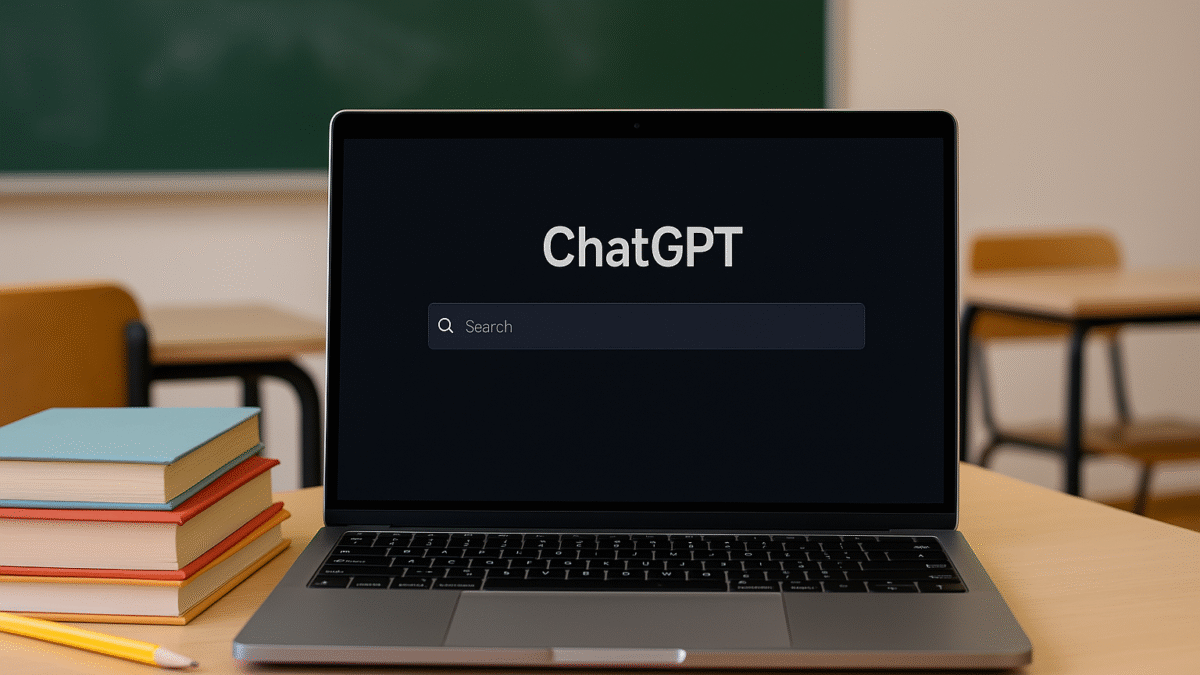Introduction: The Blank Course Dilemma
You’ve got expertise to share. Maybe it’s marketing, mindfulness, or mastering Excel. But when you sit down to turn your knowledge into a structured course, the overwhelm kicks in:
- How do I organize lessons into a clear flow?
- What’s the best way to make learning engaging?
- How do I save time while keeping the content original?
This is where AI becomes your co-instructor. With the best ChatGPT prompts for online courses, you can transform raw ideas into polished outlines, lesson plans, and even assessments. And with a tool like My Magic Prompt, you’ll streamline the process even further — organizing, saving, and refining your prompts for every new course you create.
Why AI Prompts Are a Game-Changer for Course Creators
Creating a course requires juggling multiple tasks: curriculum design, lesson scripting, student engagement, and marketing. AI doesn’t replace your expertise but supports it by:
- Organizing ideas into logical course structures
- Generating content faster (syllabi, lesson overviews, quizzes)
- Ensuring consistency across modules
- Helping you adapt to different learning levels and styles
As TechCrunch reports, AI is rapidly reshaping education — from content generation to adaptive learning experiences. For online course creators, the biggest advantage is speed and clarity.
15 ChatGPT Prompts for Online Course Creators
Here are 15 ready-to-use prompts to help you design better courses. You can copy, paste, and adapt them to your subject area.

Course Ideation & Outlining
- “Generate a 6-module outline for an online course teaching [topic], moving from beginner to advanced.”
- “Suggest 3 possible course titles and value propositions for a program about [topic].”
- “Create a syllabus for a 4-week online course on [topic], including weekly objectives and outcomes.”
Lesson Planning
- “Draft a lesson plan for Module 1 of a [topic] course, including key points, examples, and activities.”
- “Suggest engaging case studies or real-world examples to use in a lesson about [topic].”
- “Write 5 discussion questions for learners after completing a lesson on [topic].”

Student Engagement & Interactivity
- “Generate 10 quiz questions (multiple choice) for Module 2 of a course on [topic].”
- “Suggest interactive exercises that help students apply [concept] in real-world situations.”
- “Draft a reflection activity for learners to apply [topic] to their own experience.”
Marketing & Student Success
- “Write a compelling course description for a landing page about [topic].”
- “Generate 3 email subject lines to promote a new online course on [topic].”
- “Suggest a student success roadmap for learners taking a course on [topic].”
Scaling & Improvement
- “Suggest 5 ways to repurpose this course content into other formats (e.g., eBook, workshop, podcast).”
- “Analyze common gaps in online courses about [topic] and recommend how to fill them.”
- “Draft a feedback survey for students completing a course on [topic].”
Framework: How to Use Prompts Effectively
To get the most out of ChatGPT (or Claude, Gemini, etc.), follow this 3-step framework:
- Be Specific → Instead of asking for “a course outline,” specify topic, audience, and level.
- Iterate & Refine → Use follow-up prompts (“Expand Module 3 into three lessons”) for detail.
- Save & Organize → Store your best prompts inside My Magic Prompt for easy reuse.

Tool Spotlight: My Magic Prompt for Course Creators
If you’re building multiple courses, managing prompts can get messy fast. That’s where My Magic Prompt helps:
- Prompt Builder → Craft reusable templates for course outlines and lesson plans.
- Prompt Templates → Access ready-made prompts tailored for educators.
- AI Toolkit → Generate variations instantly to match tone, style, or audience.
👉 Explore My Magic Prompt | 👉 Try the Chrome Extension
FAQ: Best ChatGPT Prompts for Online Courses
Q1: What are the best ChatGPT prompts for online courses?
A1: They include prompts for outlines, lesson plans, quizzes, course descriptions, and student engagement activities.
Q2: Can AI create an entire course for me?
A2: AI can generate structure and content, but your expertise ensures accuracy, depth, and originality.
Q3: What’s the difference between a good and bad course prompt?
A3: A good prompt specifies audience, topic, and format. A bad prompt is vague and produces generic results.
Q4: How do I organize prompts for multiple courses?
A4: Use My Magic Prompt to categorize prompts by project or module for quick access.
Q5: Can I use these prompts for different AI tools?
A5: Yes — they work across ChatGPT, Claude, Gemini, and other LLMs.
Closing Thoughts: Teach Smarter with AI
Building a course doesn’t have to mean endless brainstorming and late nights over lesson plans. With the best ChatGPT prompts for online courses, you can design structured, engaging learning experiences in a fraction of the time.
If you’re ready to supercharge your course creation workflow, explore My Magic Prompt. From prompt templates to AI-powered organization, it’s the secret tool that helps educators and coaches teach smarter, not harder.
🤍 Because the best courses don’t just happen — they’re outlined, prompted, and brought to life with clarity.

